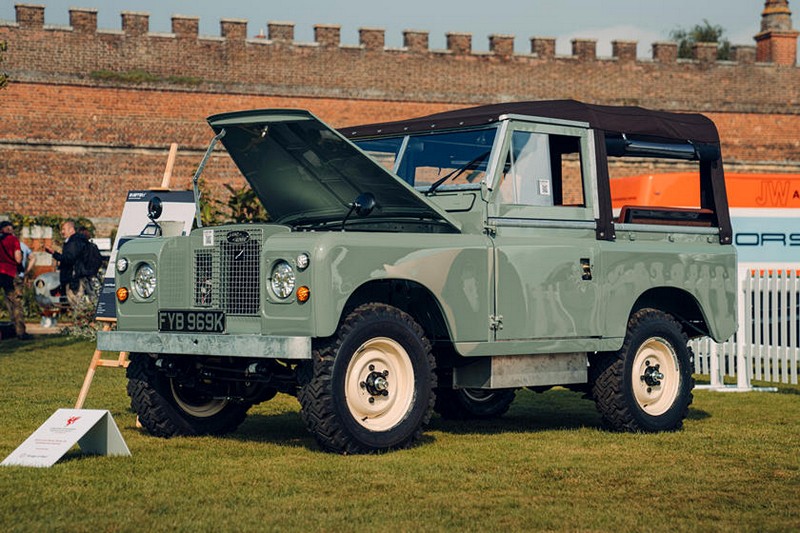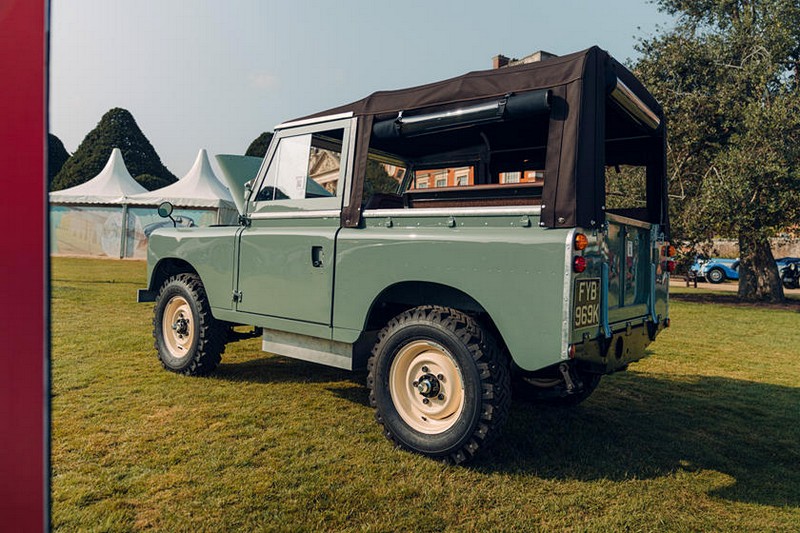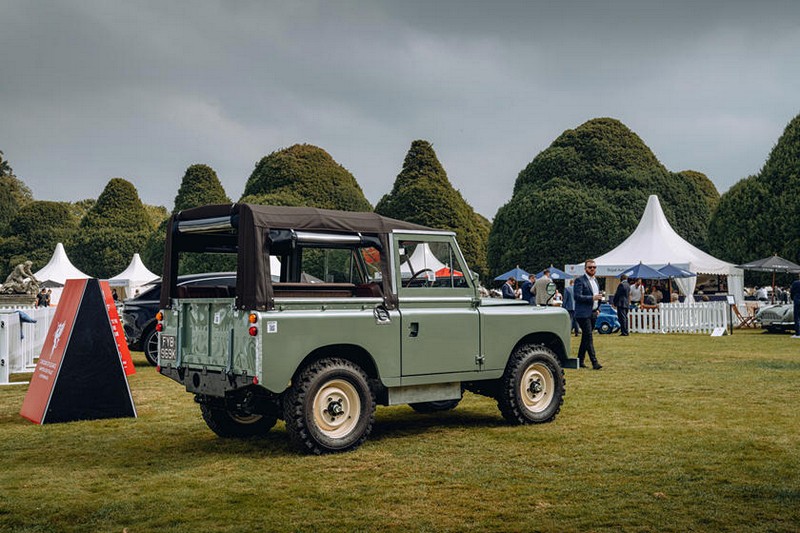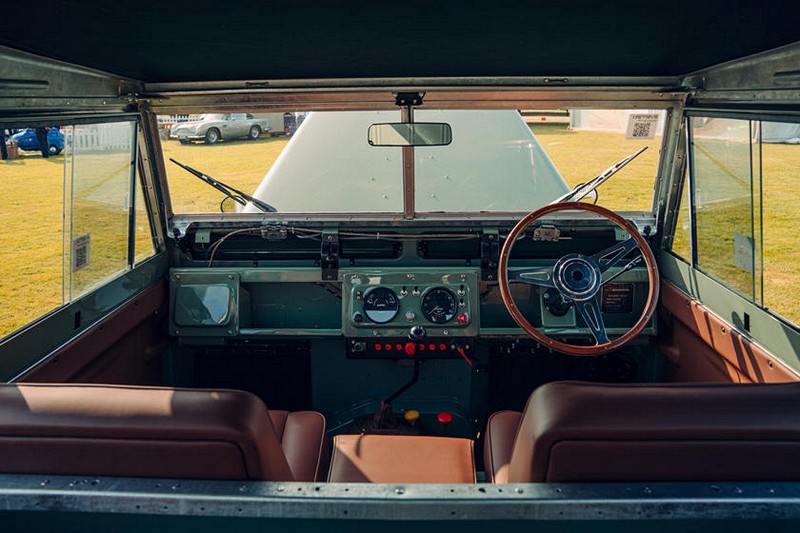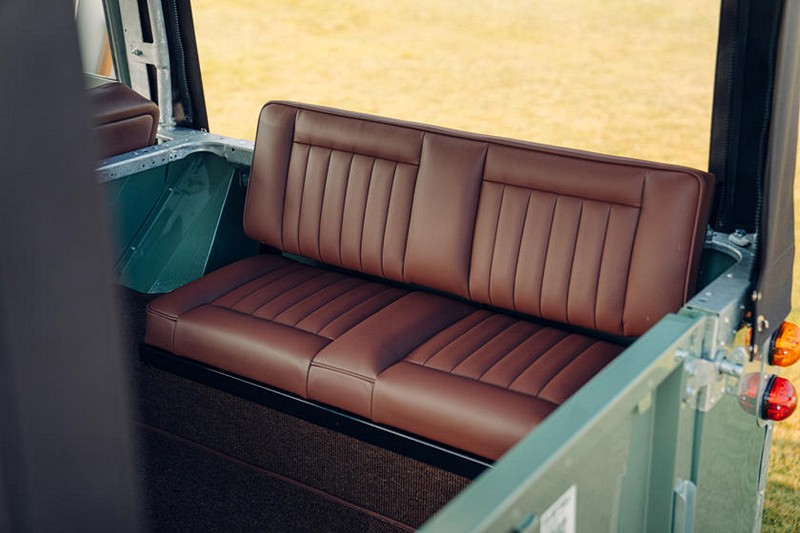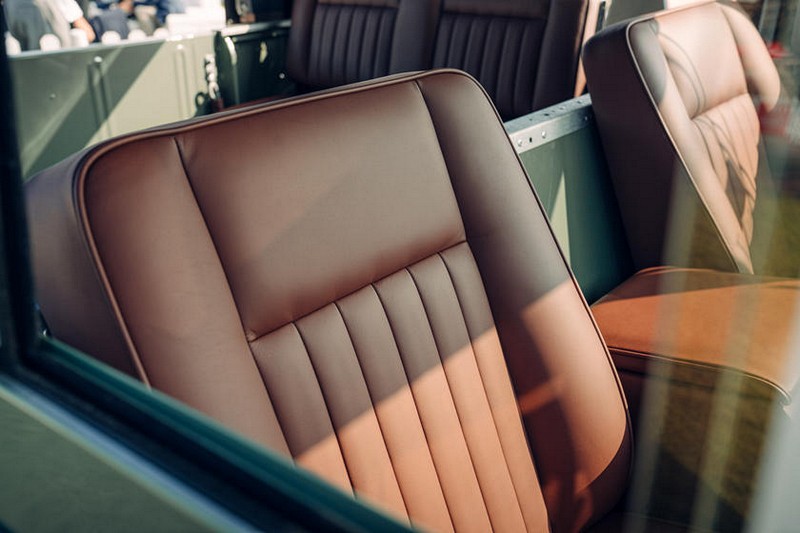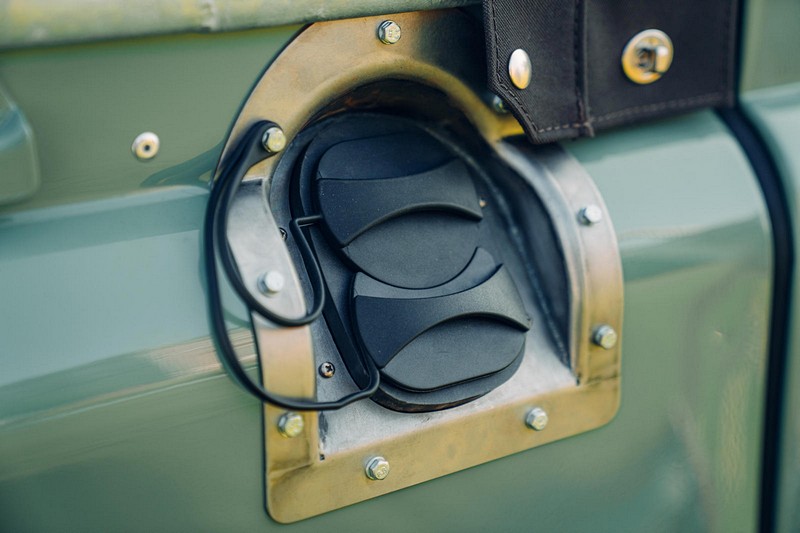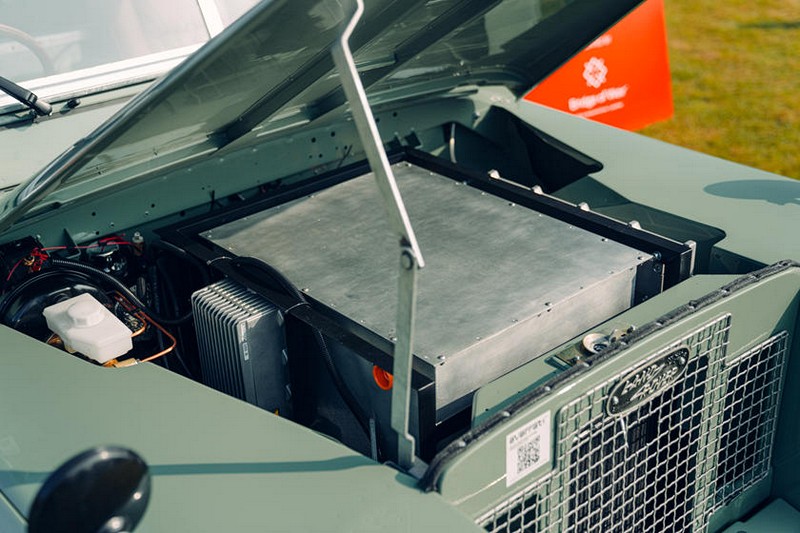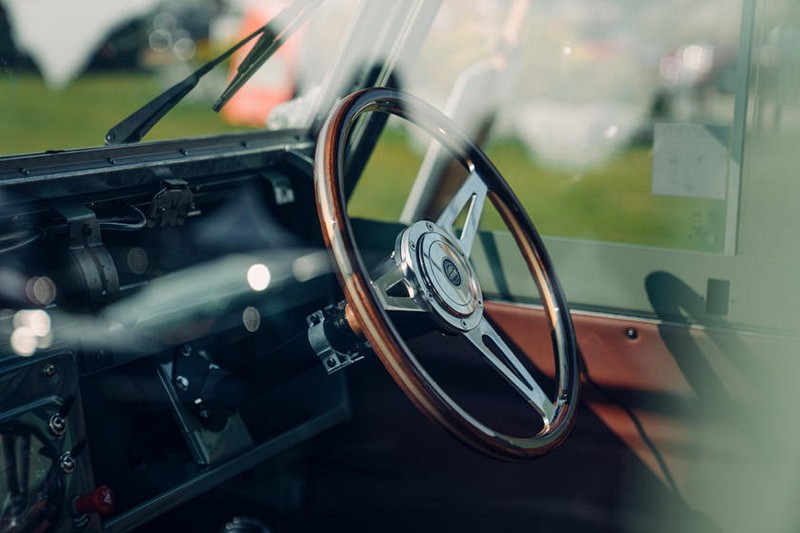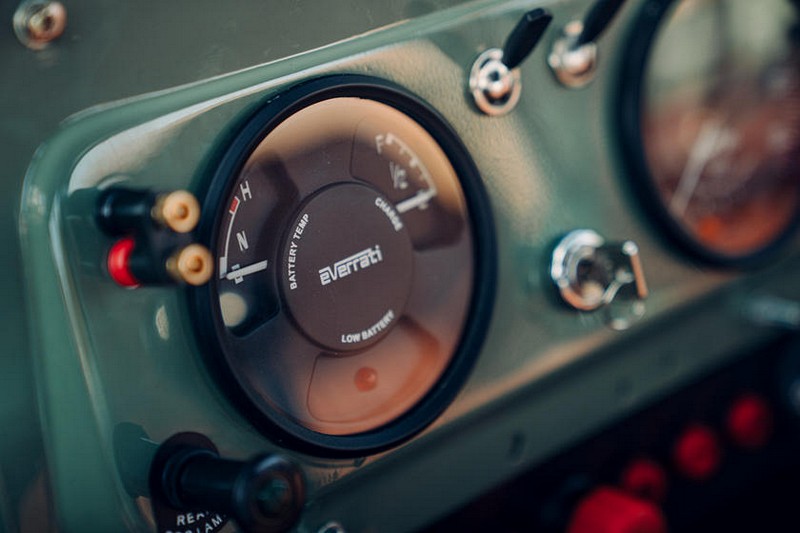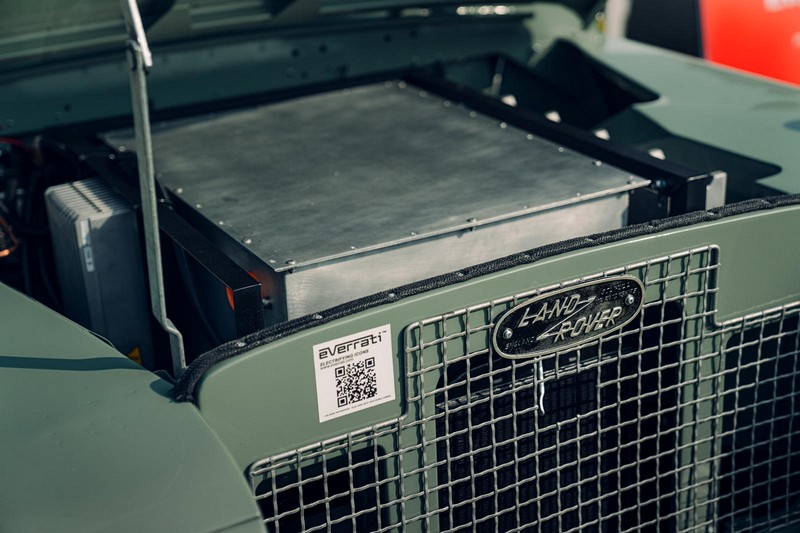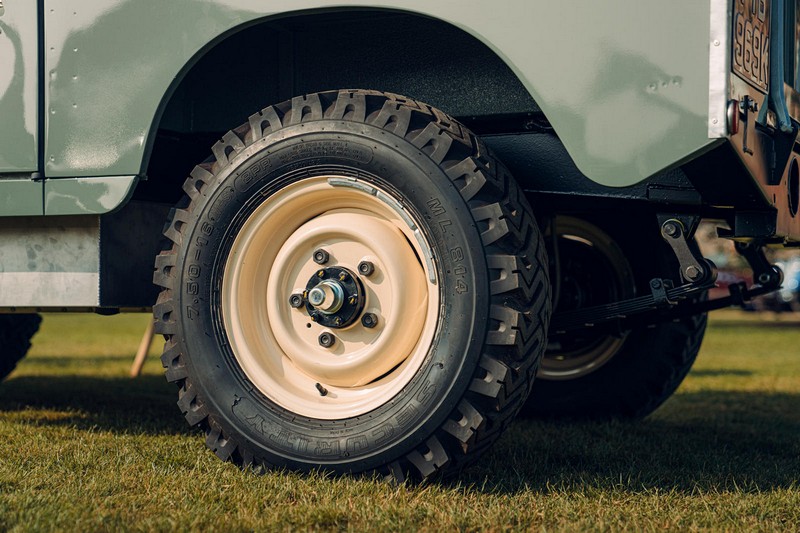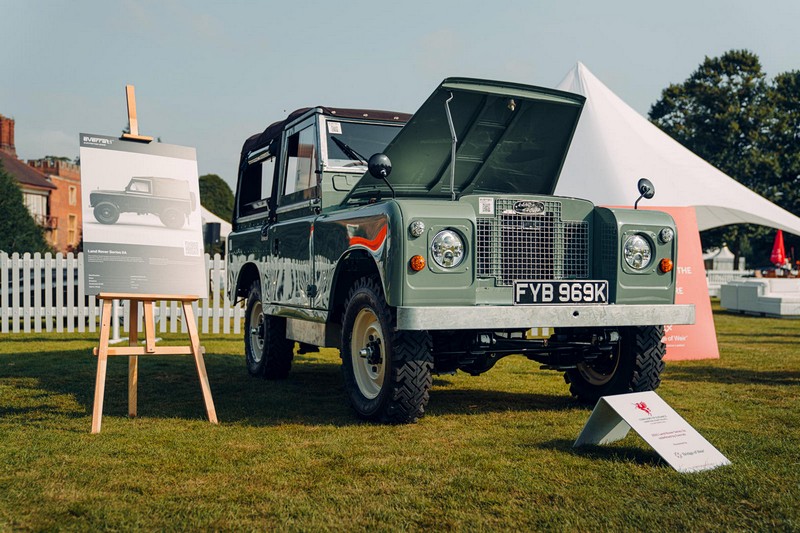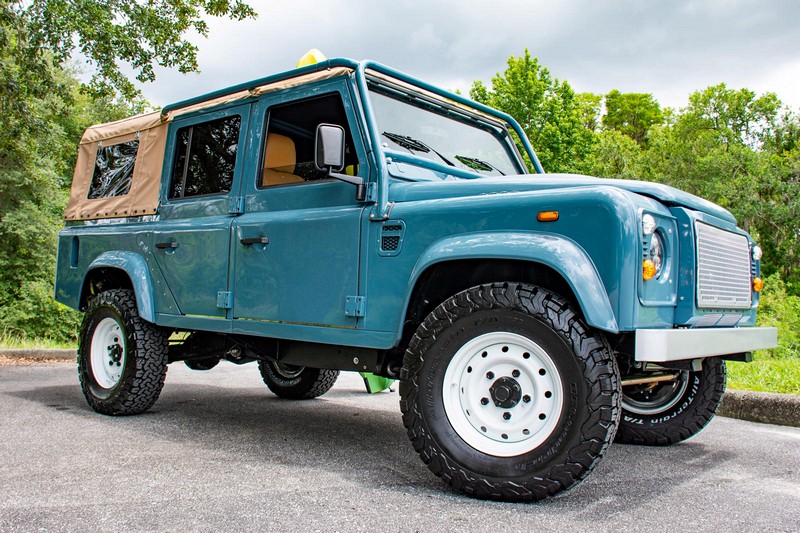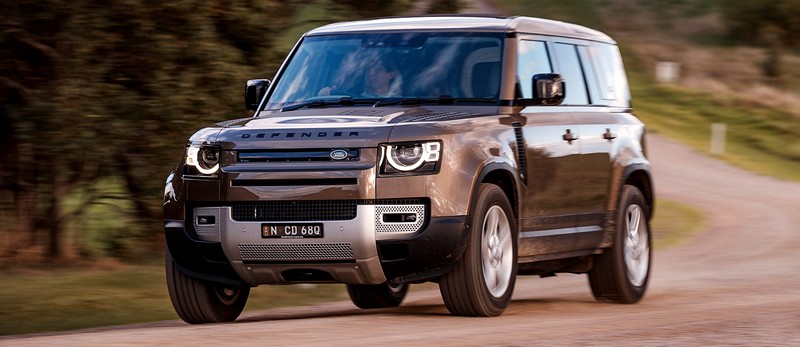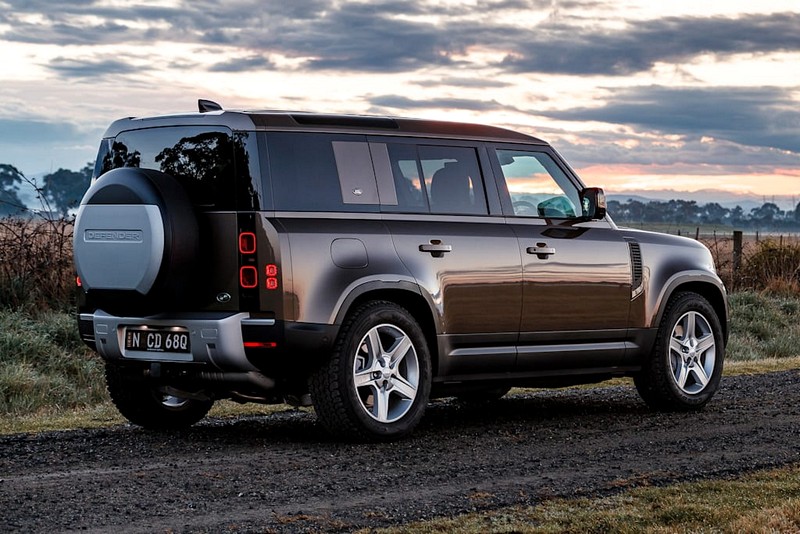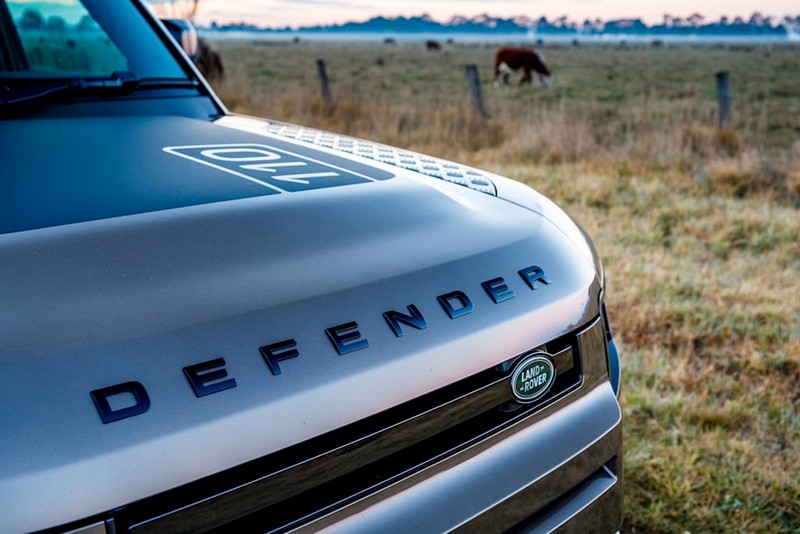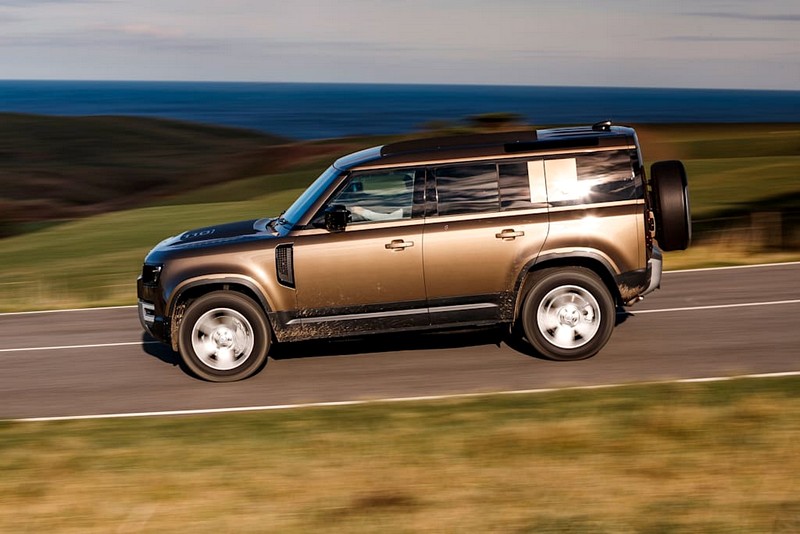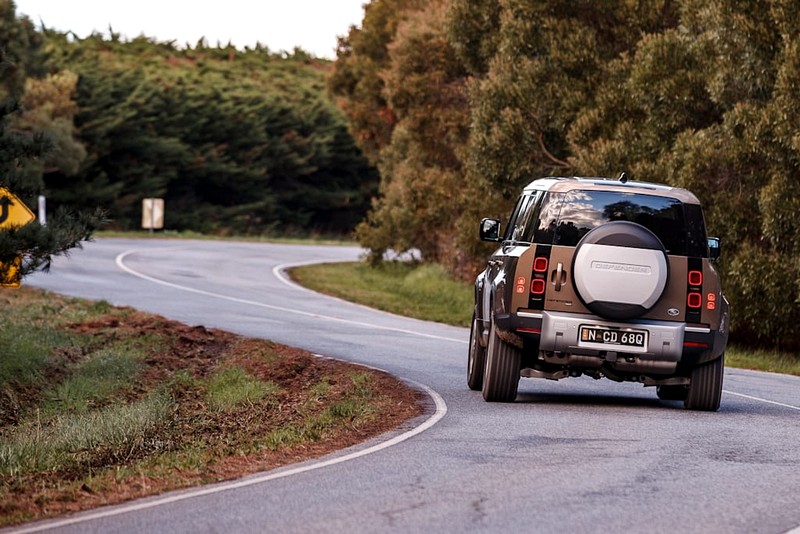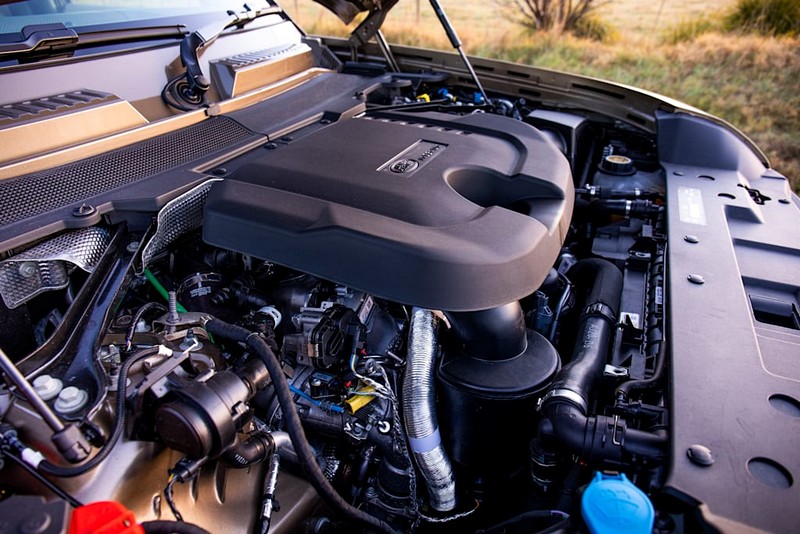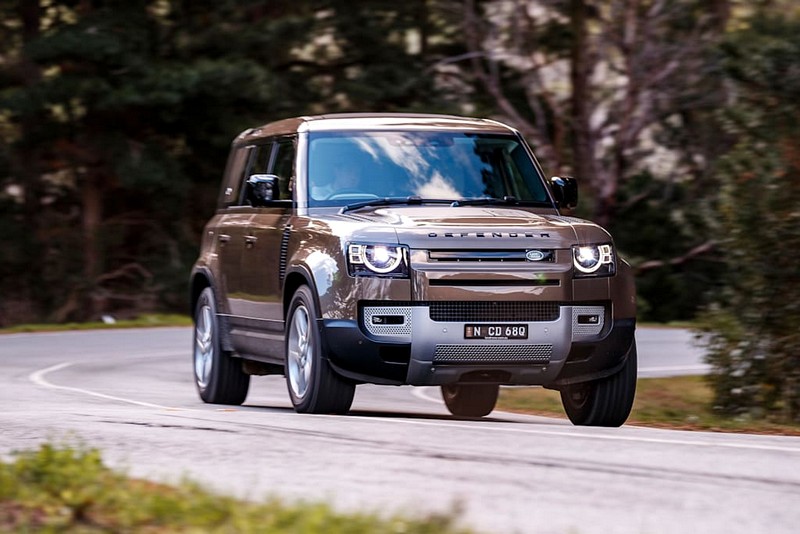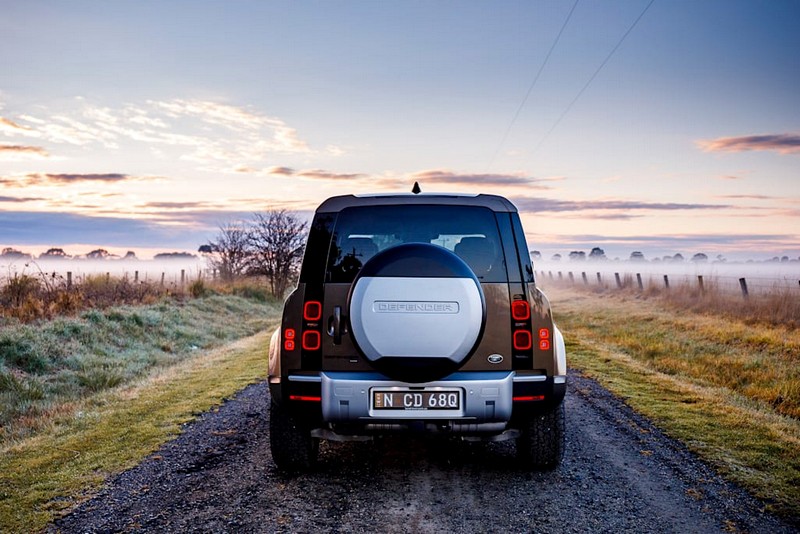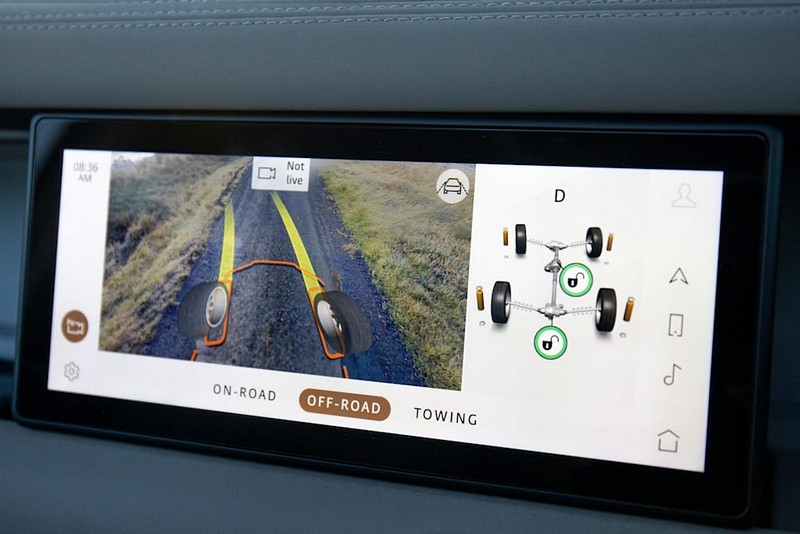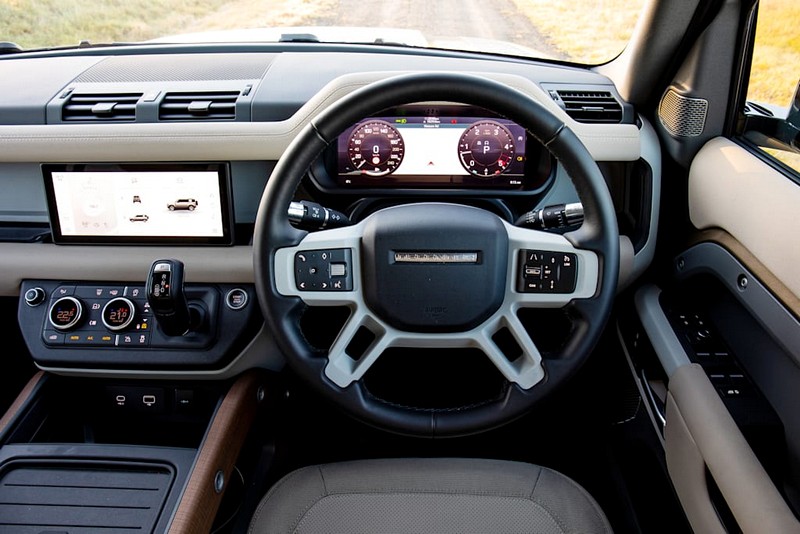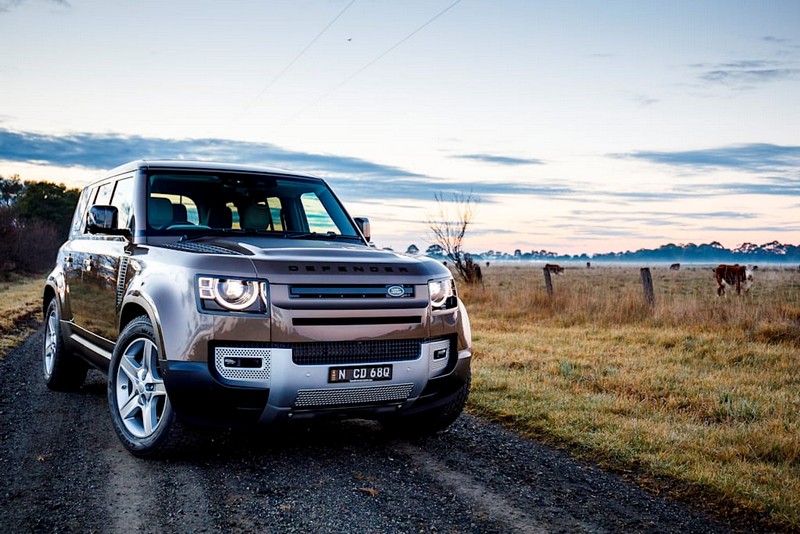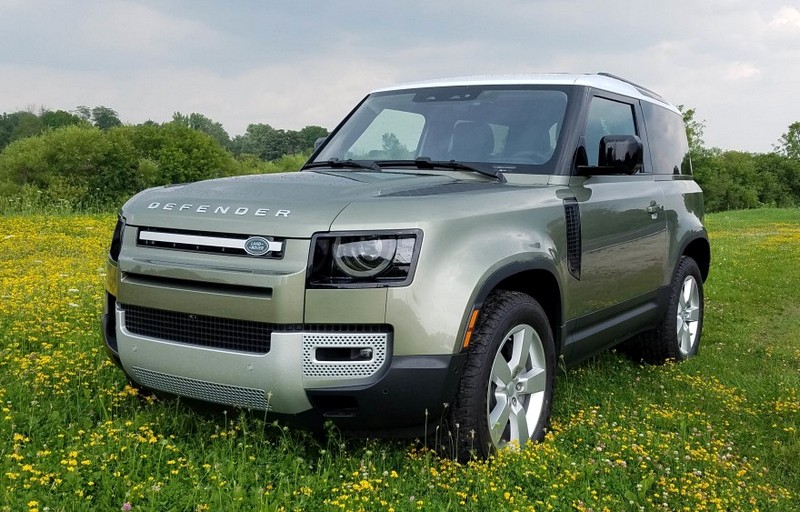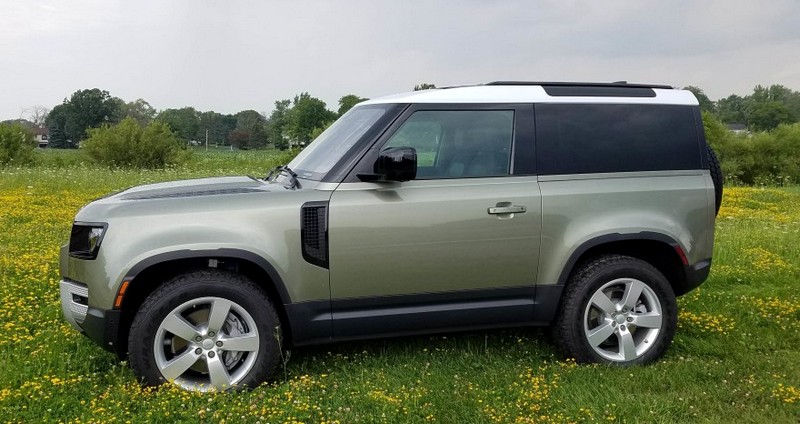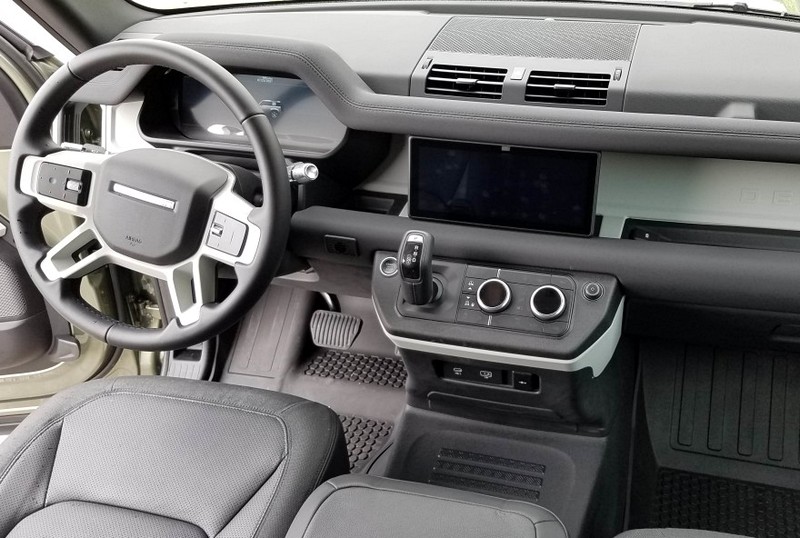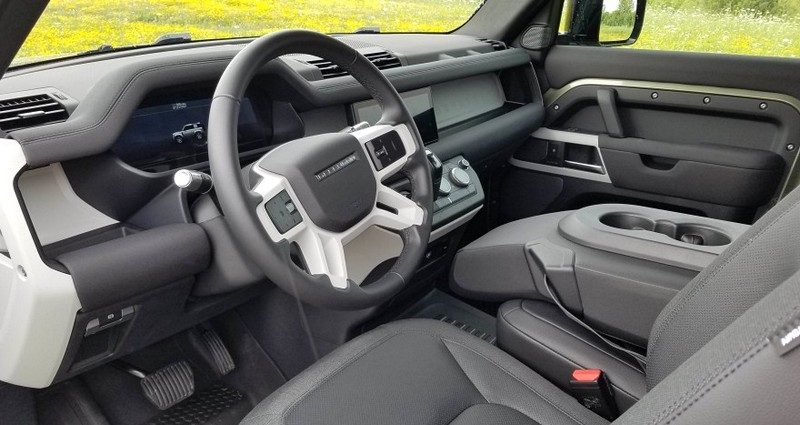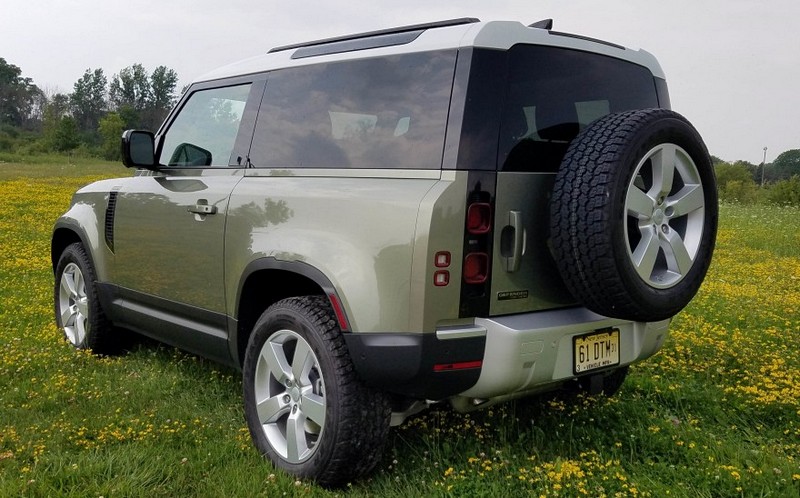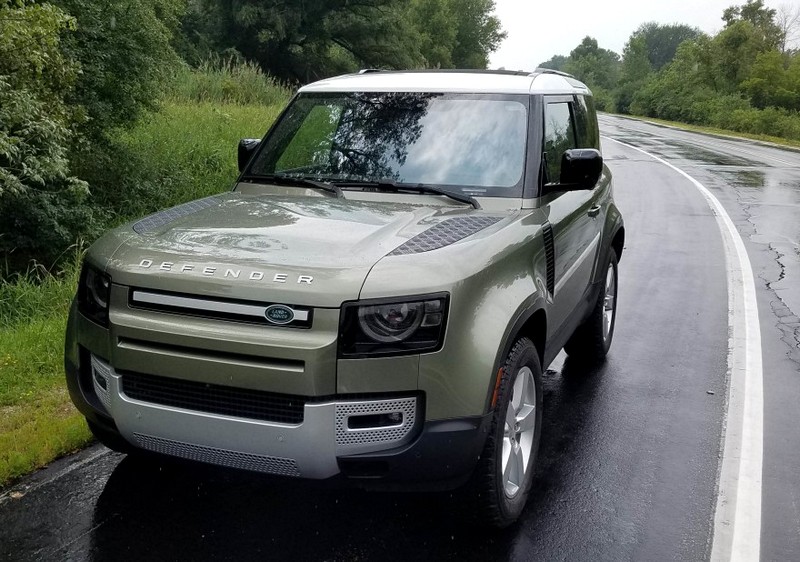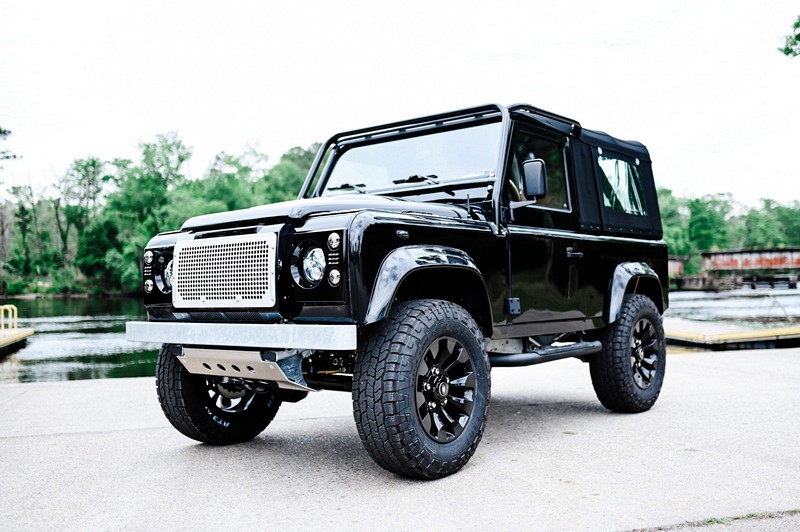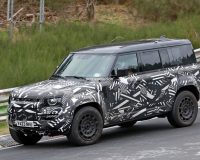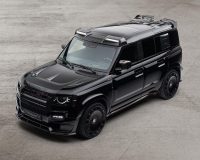Land Rover Defender diesel is a functional balance of nostalgic design and modern technology
Things we like
– Clever styling throughout
– Superb diesel engine
– Surprising dynamics
– Excellent ride
Not so much
– Weird brake and accelerator pedals
– Expensive options
I have very fond memories of the Land Rover Defender. As a young lad growing up in rural southwest Britain, the most enduring and hardworking Landie was synonymous with the country and as much a part of West Country life as Cheddar cheese and Scrumpy cider.
If you were raised in the Australian equivalent of Somerset, your vision of farming and living on the land is likely to include a kelpie in the back of a Toyota Hilux but, for me, it’s a collie with a hay bale in the Defender.
But farmers are not known for being idealistic or impractical types and, just as the Toyota worked incredibly hard to earn its place in Australian agriculture, as did the Land Rover Defender at the other end of the world.
Whether it was the long-wheelbase 110 or nimble 90 with a four or five-cylinder diesel under the bonnet (or a V8 if you’d had a couple of really good wheat years), the iconic boxy model became one of the nation’s favourite all-purpose farm machines through a combination of stoicism and unstoppable all-terrain ability.
In fact it was so good, most owners found it easy to look past the meticulous maintenance required to keep a Defender happy and reliable, as well as the seriously compromised on-road manners.
However, badged as the Defender, the model’s origins are in 1983 but it can effectively trace its roots back to the original Land Rover of 1948 and there’s only so long the recipe could be tweaked, refreshed and revamped. The inevitable end came in 2016 when, for the first time in a metaphorical sense, the Defender went out to pasture.
But, after a hiatus that had been drawn out and extended several times, the Defender name was finally reforged last year and it lives again.
When I picked up this 110 D300 SE, attached to its key were many emotions. Excitement to get behind the wheel of this incredibly hyped and anticipated Land Rover, nostalgia thanks mostly to the styling that is brilliantly retro but also modern, and scepticism. How can the 2020 Defender possibly live up to the reputation its forefathers established over many decades and, more personally, the way I remember it?
For a start, Land Rover’s engineers knew the new Defender had to be capable off-road if the company was to avoid a justified public lynching and, happily, it really is. In previous tests we found the new model tackled serious off-road duties with confidence and composure, calling on a combination of traditional mechanicals supplemented by electronic enhancements.
After a hiatus that had been drawn out and extended several times, the Defender name was finally reforged last year and it lives again.
But today’s automotive landscape is very different from the one into which the previous generation Defender was launched and the new version cannot prevail with off-road excellence alone. It has to take on the blacktop and succeed there too.
It does. Taking the underpinnings of the new Discovery as its basis, the Defender no longer has the ladder chassis and live axle combination that made it such a challenge to live with on the road. Instead, the monocoque and fully independent air suspension is a delight, offering a manner that defies the Defender’s size and 2.3-tonne weight.
The steering has a surprising sensitivity to it despite a relatively slow 2.7-turn lock-to-lock ratio and the air suspension maintains good control of the body even if you choose to carry more speed in corners. The rest of the time, the Defender’s ride is beautifully lithe with just enough of an edge to remind you there is a solid connection to the road.
In diesel/110 combination, the Defender cannot entirely hide its mass but it does a decent job of managing it along with a feeling of security and the sense of superiority that brings.
As impressive as the ride and handling is the D300’s engine, which takes the form of a 3.0-litre straight six diesel. Developed in-house by Jaguar Land Rover, the Ingenium unit is a masterpiece, combining the inherent smoothness and linear performance delivery of the configuration, with a conventional turbocharger, electric supercharger and 48-volt hybrid system.
Both the power figure of 220kW and 650Nm torque rating feel under-clocked thanks to the immediacy of performance and flat torque curve through the revs. The turbo and supercharger work cleverly to eliminate lag almost completely and the diesel donk even sounds appealing too.
Hanging off the back of the excellent Ingenium six is an equally accomplished eight-speed automatic transmission that operates seamlessly and would lend itself very well to towing duties. And while some modern autos can hunt around the ratios a little too eagerly, eight gears seems to be the sweet spot for the Defender’s diesel.
The throttle pedal lets the side down a little with a lazy modulation that gives a false impression of the engine being a bit gutless. Prod the right pedal a bit further though, and the true nature of the silky six comes through. It feels more tuned for off-road use where accidental stabs at the accelerator won’t result in kangaroo diesel but it ironically makes the Defender difficult to drive smoothly on-road.
The pedal to its left is not without strange characteristics either. Initial brake pedal feel is positive and firm with light braking but a heavier push reveals a squashy zone. Push harder still and the pedal firms back up again.
It’s not an unpleasant feel and most likely the effect of mild regenerative braking but it takes a little getting used to. Beyond those two small foibles, it’s hard to say anything unkind about the Defender at all.
Styling inside and out has been wonderfully executed with an unmistakable nod to the original but sharp design details that launch the model into the future. Light clusters front and rear are eye-catching and immediately recognisable, along with convincing modern interpretations of the skylights above the boot and second-row areas. It clearly works and you’d have to be in a Lamborghini Urus to turn more heads.
The rear-mounted spare on a side-hinged tailgate is another nice homage with genuine practical advantages, especially as the reversing radar is calibrated to accommodate the extra length added by the tyre. Less practical are the bonnet chequer plates that look great but are certainly not designed to accept a size-12 Hunter welly. Sorry, gumboot.
The rear-mounted spare on a side-hinged tailgate is another nice homage with genuine practical advantages, especially as the reversing radar is calibrated to accommodate the extra length added by the tire.
There’s an air of the Jeep Wrangler’s functionality about the cabin, only with an added sophistication including lovely acorn wood-look panelling, exposed screw heads and an unusual material for the steering wheel that looks and feels like it has been 3D-printed.
Balancing the traditional, there is just as much new. Just when you think you’ve found all the digital displays – one for the driver instrument cluster, and another for the central touchscreen – another pops up in the rear-view mirror with a flick of the tab, very handy for when the back is completely loaded and thanks to the camera’s high positioning, It’ll peer over all but the tallest trailers.
Speaking of making things invisible, more camera technology has enabled the clever invisible bonnet feature that processes camera images from around and beneath the vehicle to create a moving picture of what the Defender is driving over. The ghostly image indicates the position and angle of the front wheels but all else is unseen – a hugely effective tool for off-road but still very cool on the school run if a little unnecessary. The various maneuvering aids are almost without rival, presented in crystal sharp resolution.
Notable omissions include a head-up display and optioning the folding fabric roof panel fitted to our car will add an extra $4000 to the bottom line but you won’t care about that the first time you concertina the top open on a perfect balmy beach day.
Options aside, the SE gets plenty of standard practical features, with a multitude of storage cubbies and device charging options. At the back there’s a pretty respectable third row that cleverly folds into the boot floor. Every time you stow the seats, you’ll thank that spare for hanging out on the rear door.
Hop into seats six and seven and occupants are treated to yet more charging sockets, their own air-conditioning control and those cool skylights boost the sense of space. When they’re not occupied, the boot measures a whopping 857 litres or nearly 2000L if you banish passengers from the second row too.
While many lines and comparisons can be drawn between the equally retro Defender and Jeep Wrangler, the Land Rover is the model that better balances the ratios of off-road prowess, on-road agility and lifestyle-focused design and features.
But wait, I hear you say. How will the kind of Defender owner that likes to grease trunnions on the weekend, stand on the bonnet and chuck livestock in the back accept this new more refined and sophisticated Defender?
Simply, they won’t. If you ply Land Rover executives with a few Old Speckled Hens they might tell you that developing a Defender that would not satisfy the demands of the traditionalist was a deliberate move.
The Defender is the model that better balances the ratios of off-road prowess, on-road agility and lifestyle-focused design and features.
While the Defender diehards represent a relatively small audience, targeting a new altogether larger crowd makes far better business sense. That’s why Land Rover chose to reform the Defender into a resoundingly more refined machine that conquers a broader range of duties at only slight cost to its core utilitarian skills.
To that end, the new Defender is a complete success and while $96,000 sounds like a lot of cash, the 110 diesel delivers a lot for the money and represents great value.
And if you insist on reliving a nostalgic fantasy of a former youth long ago, there’s nothing stopping you loading the Landie up with a sheepdog and a few bales and hacking off across a field because the new model is still an incredibly impressive all-round performer. I should warn you though, that it took me more than an hour to clear out every last straw.
Article Credit: Daniel GARDNER
Full Article: https://www.whichcar.com.au/reviews/2022-land-rover-defender-110-d300-se-review-australia

